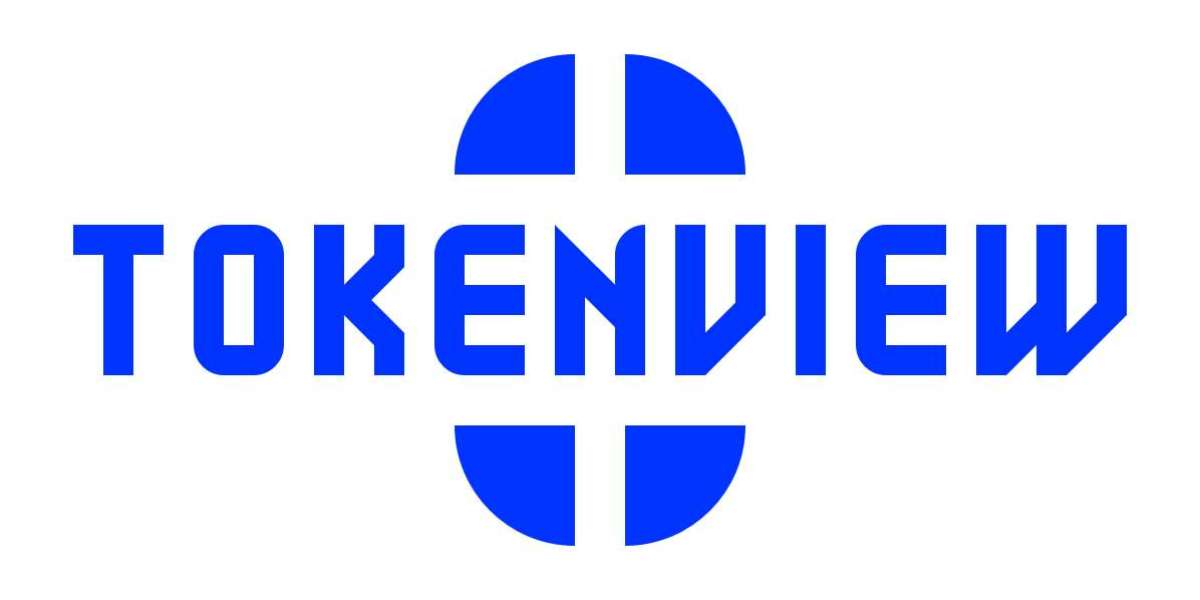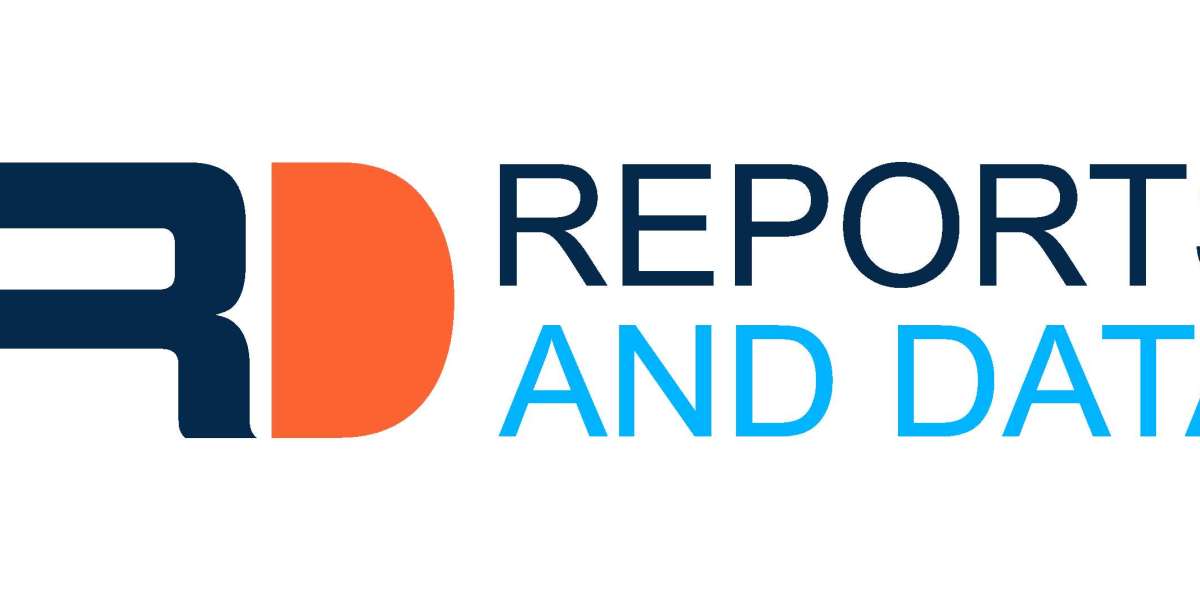In today's tutorial, we'll jump right into the Tokenview blockchain API and start learning. Along the way, we'll briefly explore the role of this tool and introduce some of its key benefits. From there, we'll explore some prominent use cases and give you a practical example of how to leverage blockchain API in each case. Finally, and most importantly, we'll skip to an in-depth tutorial that shows you how to get the contents of a block by its number in three simple steps:
Get the Tokenview API key
Write a script that calls the getBlock () endpoint
Execution code
Also, if you're serious about building blockchain projects, consider checking out more of the Web3 data tools offered by Tokenview. For example, explore the Price API to learn how to seamlessly capture the price of cryptocurrencies and integrate this data into your project!
Still, without further ado, let's explore Tokenview's industry-leading blockchain API!
The Tokenview Blockchain API is an industry-leading interface that allows you to seamlessly unlock the power of raw blockchain data with speed and precision. With a single line of code, you can easily access blocks, transactions, logs, events, and more using the blockchain API. So, when using Tokenview, building a Web3 project has never been easier!
So, what is the function of the blockchain API?
Access to block data: Access to information about a specific block through multiple blockchain networks, including time stamps, gas used, miners, transactions, and more.
Get transactions and insider transactions: Seamless access to all historical and live transactions of the address.
Query logs and events: Use the blockchain API to query logs and events for any smart contract on all major EVM chains.
Raw and decoded data: Obtain raw and decoded data according to the contract ABI.
Labeling: Use rich data labels, including receiver and sender address labels, to efficiently interpret transactions.
There's more!
In addition, the blockchain API is cross-chain compatible. This means you can query blockchain data across all major networks, including Ethereum, Polygon, BNB Smart Chain, Arbitrum, and many others!
Search
Popular Posts
-
 AC Malta - Stay Cool and Comfortable with DL Group's Air Conditioning Solutions
By dlgroupmalta
AC Malta - Stay Cool and Comfortable with DL Group's Air Conditioning Solutions
By dlgroupmalta -
 Maximizing Crop Potential: The Benefits of METROP Concentrate Liquid Foliar Fertilizer
By metropstores
Maximizing Crop Potential: The Benefits of METROP Concentrate Liquid Foliar Fertilizer
By metropstores -
 Discover Excellence in 3D Printing - Buy Creality 3D Printer at WOL3D Coimbatore
Discover Excellence in 3D Printing - Buy Creality 3D Printer at WOL3D Coimbatore
-
 A Convenient Way to Fix MetaMask Login Connection Issue
By rosekxffsf
A Convenient Way to Fix MetaMask Login Connection Issue
By rosekxffsf -
 What is Satta Matka?
What is Satta Matka?



